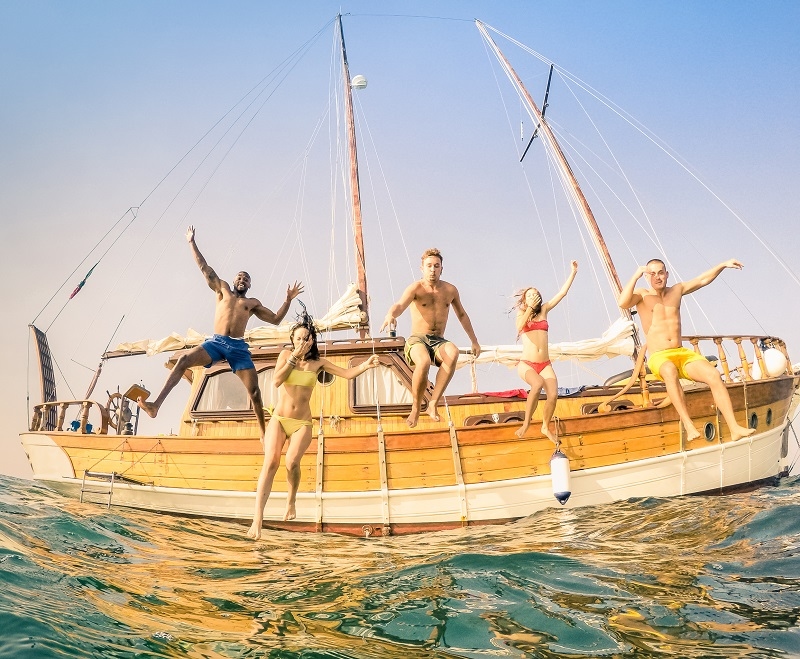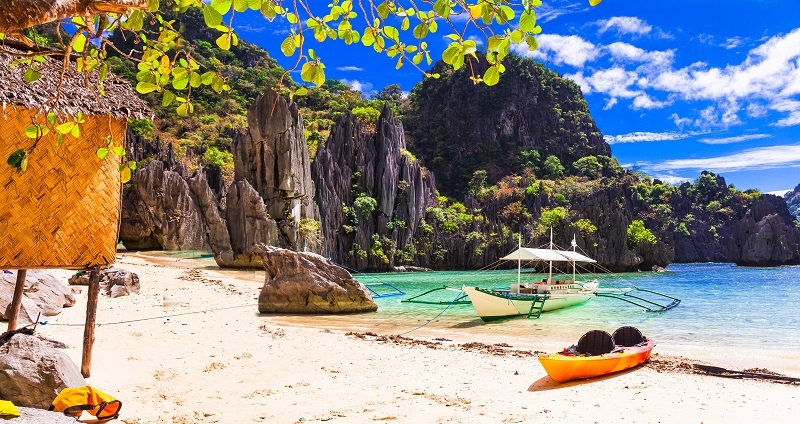
The Indian Ocean sparkles beneath the wing as your plane descends—mountainous islands rising from the turquoise water like emeralds scattered by a giant's hand. Welcome to the Comoros, a forgotten paradise off Africa’s east coast, where the real journey begins not when you land, but when you take off again—from one island to another.
This is island hopping in its purest and most exotic form because the memories you can create here are unscripted and unforgettable. This guide will cover everything that you need to know about island hopping from Comoros Airport like the routes, strategies, and the historical roots of island hopping itself.
Let’s start by understanding something extremely basic but critical, what is island hopping? It can be referred to as traveling from one island to another in a single trip to experience multiple cultures and ecosystems. In other words, many people often use the strategy to visit islands while visiting places like Comoros, Greece and the Philippines.
In the context of Comoros, island hopping allows you to fully experience the diversity of the three main islands:
Each island has a distinct personality, and hopping between them reveals a kaleidoscope of natural beauty and tradition.
Before it became a traveler’s dream, island hopping had a very different meaning. So, what was island hopping historically?
During World War II, “island hopping” was a military strategy employed by Allied forces in the Pacific. The goal was to capture strategically important islands while bypassing others, creating a pathway toward Japan. This island hopping strategy allowed troops to set up bases and control supply routes.
In a twist of fate, a term once associated with war is now synonymous with discovery, adventure, and connection. And in the Comoros, it’s about exploring islands not with bombs and battleships, but with boats, planes, and wonder.
Your journey begins at Prince Said Ibrahim International Airport (HAH) near Moroni on Grande Comore. As the central air hub of the archipelago, it’s your gateway to inter-island travel and international arrivals.
From here, it’s time to plan your island-hopping adventure.
1. Grande Comore to Mohéli
2. Mohéli to Anjouan
3. Grande Comore to Anjouan
Pro Tip: Flights are short but may be subject to delays. Always book with buffer time, especially during the rainy season between January and March.
Each stop on your island hopping journey offers a radically different atmosphere—one moment you're sipping coconut water on a tranquil beach, and the next you're climbing ancient lava trails or snorkeling alongside sea turtles.

You may come across the name Hope Island while researching Comoros or other island chains. In this context, Hope Island is more myth than destination—often confused with namesakes in India or the Seychelles. Though there is no “Hope Island” officially in Comoros, the hope you feel while hopping from isle to isle? That’s real.
To make the most of your time, you consider referring to the island hopping strategy described below:
This 10-day plan can help you enjoy the different adventures and cultures of Comoros. In case you are traveling to this beautiful island for the first time, this plan is absolutely perfect for you.
Most importantly, it brings curiosity. Comoros island is about embracing the unknown.
Top Pick: Airport Accommodation or Nearby Stays for Short Trips
Island hopping in Comoros is thrilling but it has its own drawbacks as well:
Local guides can be invaluable for navigating logistics and discovering places that don’t appear on maps.
To island hop in Comoros is to escape modern tourism and step into a timeless rhythm. No crowds. No five-star façades. Just you, the sea, and a string of islands that feel like the edge of the world.
So, if you're wondering what is island hopping, now you know: it's freedom across the waves, one shoreline at a time. In 2025, there may be no better place to experience it than from Comoros Airport—your first takeoff into paradise.
This content was created by AI